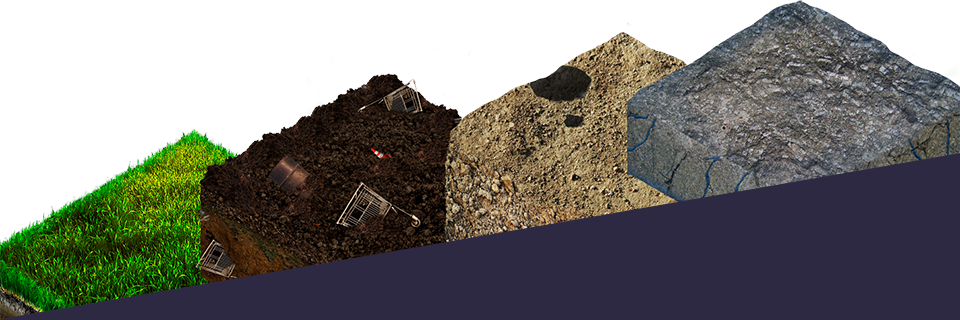Barbara Castle has lived and worked in South Wales since her early twenties. Her work centred on community regeneration – teaching, project management, research, writing and policy advice. In 2010 Barbara was awarded an OBE for Services to Regeneration. She has very kindly consented for us to post this article:
The urban form of the Valleys grew out of the physical constraints of the place. Linear, narrow valley bottoms congested with pits, spoil, roads, canals and railways, meant that housing was squeezed into every available and ‘build-able’ inch of leftover space in the mad, Klondike-like rush to mine the coal.
So, long lines of terraced housing crept along the valley bottoms and the parallel contours above and, almost vertical, stepped terraces climbed up the valley sides. In between the lines were the punctuation points of the social infrastructure in physical form - the chapels, the workman’s halls, the libraries, the Miners’ Institutes, cottage hospitals, political clubs, the Cooperative shops and the omnipresent pubs.
When you shut your eyes and think of the Valleys of South Wales, this is what you see - a unique vernacular, a particular grain to the pattern of man in the landscape. An aesthetic formed out of the mining history of the place - long lines, clean cut angles and shapes, rectilinear forms, stones, slates, the predominantly grey monotone splashed with the occasional blues and reds of engineering brick trim.
I wonder whether we are almost too late to begin to value this aesthetic - But the issue has been slowly driving me mad. For years since our industrial decline, market forces have dictated that, if someone wants to build in the Valleys, they can get away with murder. ‘You want to build here? Go ahead! Build anything! Knock down anything! Just invest and we’ll be grateful!’
In the centres of most cities, the local aesthetic is valued and nurtured. Here, we seem never to have seen it, never valued it and, consequently, we have allowed it be desecrated. Planning and design rules have not interfered with the occasional chance to procure investment. The Valleys’ quintessential built form has, in places, all but disappeared in a welter of mock Georgian yellow cul-de-sacs, ghastly detached houses and bungalows determined to resemble the Costa Brava. This is a creeping ‘individualisation’ of our valleyscapes that our children will sadly be unable to avoid seeing for the rest of their lives.
Meanwhile Institutes have fallen down, massive miners’ halls have been turned into cheap bed-sits, petrol stations have replaced libraries and Victorian Chapels have become pound shops, complete with day-glo signs and neon lighting……….
And we ought to cash in on a better grasp of the potential of our precious vernacular. These young bright Welsh Valley entrepreneurs want cool, chic, and good sustainable quality in their Valley’s future. And the Valleys need so much else besides. We need a revitalized social fabric - clinics, schools, training and learning centres, gyms, pools, green leisure spaces, better shops, easier parking, more affordable housing etc etc.
There are a few isolated examples of brilliant conversion and adaptation and small-scale renewal around the Valleys today. In the Rhondda, two houses have been converted to form a community base on Mount Libanus in Treherbert, with the project owned and managed by Valleys Kids and the Llwynypia terraces are certainly an exemplar. In Bridgend town centre, of note is the conversion of the new headquarters of Valleys to Coast on Court Road. But, in general terms, as I see it, just as we have a chance to create value from what we have, to begin to see the individuality and peculiarity of these valley places, we are simultaneously apparently hell-bent on destroying them. If only we could call a halt to our mindless aesthetic disregard, we could really begin to market our uniqueness.
There are problems in how to adapt what we have to modern standards and desires. We need to look at models for adapting the Valleys mining villages into the 21st century. Linear, unregulated development has left us a difficult legacy of loss of ‘place’, loss of our focal civic spaces and places as well as transport problems and traffic congestion. We need to park our cars, we want to shop in our local shops, walk on decongested streets without risking death or a ticket from the traffic warden. We need more internal space and light brought into the terraced house, the list goes on. . . . .
We also need to look again at the opportunities of some of the larger, ‘punctuating’ buildings. Many of them carry great local resonance and meaning to our communities. Why should all the culture, history, politics and memory carried in these places be sold off to the latest cowboy developer?
I’m not talking about pickling history in aspic. Original elements can be retained, reflected and reinserted with imagination into new buildings. High tech, high spec design can create vision, modernity and sustainability without destroying the whole of the original fabric and the patterns of our towns and villages.
We need intricate local planning; Valleys community-level planning needs to get physical. We need to procure and contract with ever more Section 106 type deals and gains for community benefit.
We need to make new and interesting buildings and we need to use old buildings in an interesting way. To meet the complex task of mixing new built forms with the old, creating really sustainable communities which the rest of this century’s citizens will regard as assets not eyesores, we need strengthened planning guidance and we need well-publicised exemplars of sensitive retention, adaptation, conversion, style and sustainability.
We need to raise the regeneration stakes in the Valleys.
Barbra Castle OBE - Regeneration Consultant







